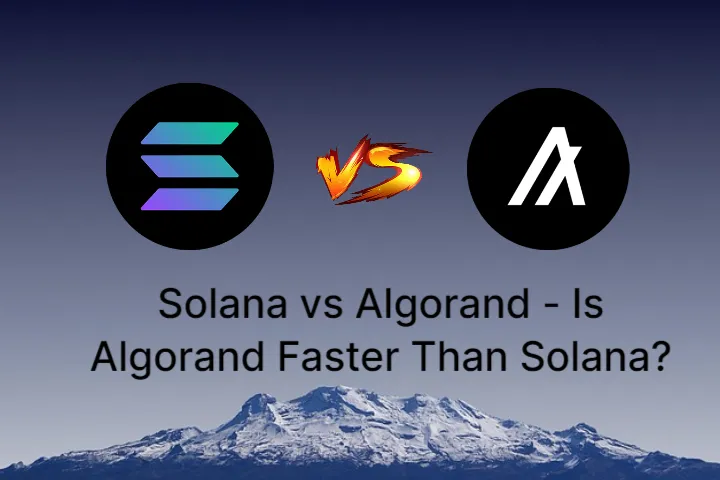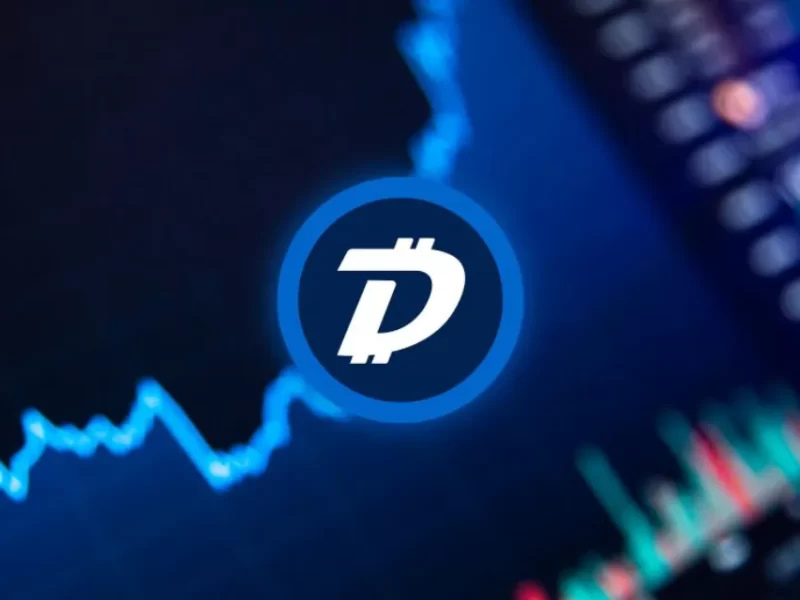The worlds of cryptocurrencies and blockchain technology are both expanding and getting bigger all the time. The most significant technological advancements currently exist in an industry that only began a little over ten years ago.
The debate between Solana and the U.S. Algorand has grown hot. Due to the many similarities between the two blockchains, users frequently struggle to decide which one to use.
In this article, two well-known cryptocurrency projects with many features in common—Solana and Algorand—will be discussed.
What is Solana?
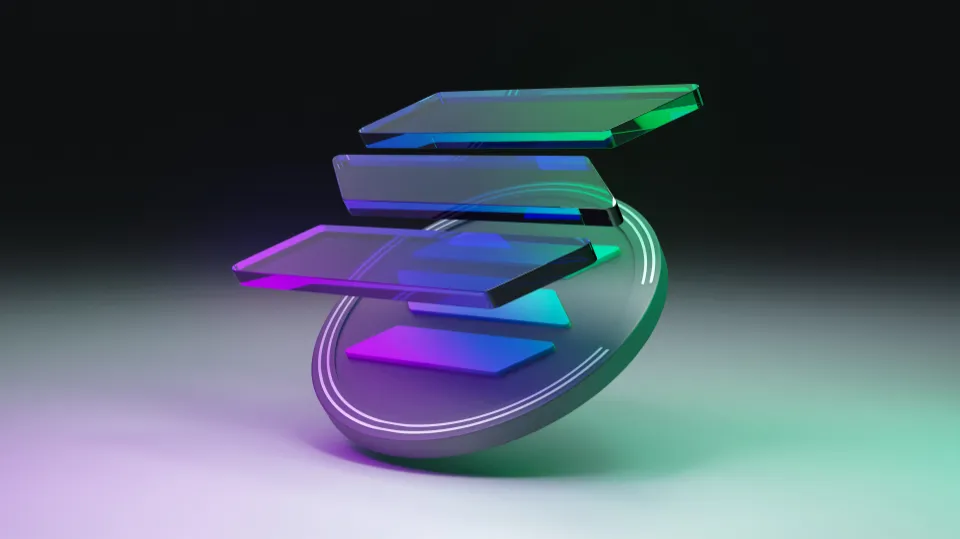
A network for many applications, smart contracts, games, marketplaces, and metaverse projects is called Solana. Developers pick this blockchain because:
- High throughput;
- Low commissions;
- Sustainability;
- Staking.
Institutions have started using the platform. Trading for the SOL coin is at $12.18. The project’s market capitalization is more than $4 billion.
What is Algorand?
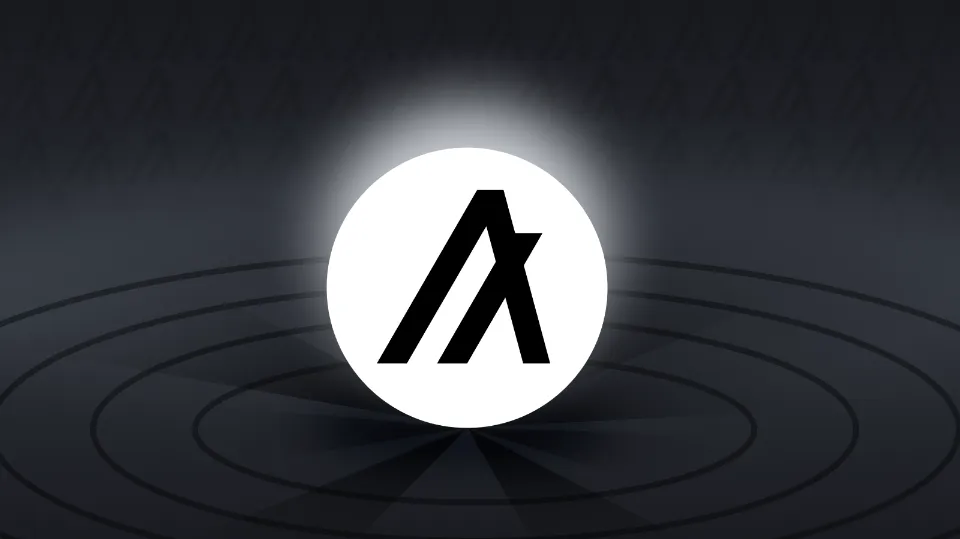
Algorand is based on the Proof-of-Stake consensus mechanism, just like Solana, which enables ALGO coins to be staked. Scalability, safety, and decentralization are all goals of the project for developers. In comparison to other blockchains, Algorand has the lowest carbon footprint.
Comparing Algorand vs Solana, we can say:
- Solana performs much more operations per second, beating Algorand
- More money can be made by staking Solana coin.
- When comparing carbon footprints, Algorand surpasses Solana.
- With a market cap of more than $1 billion, the ALGO rate is $0.17.
Although we dare to declare that Solana has prevailed in this conflict, we can never be sure of how life will turn out or what surprises lie ahead. For this reason, it makes sense to invest in both SOL and ALGO coins.
The Consensus Mechanism of Solana
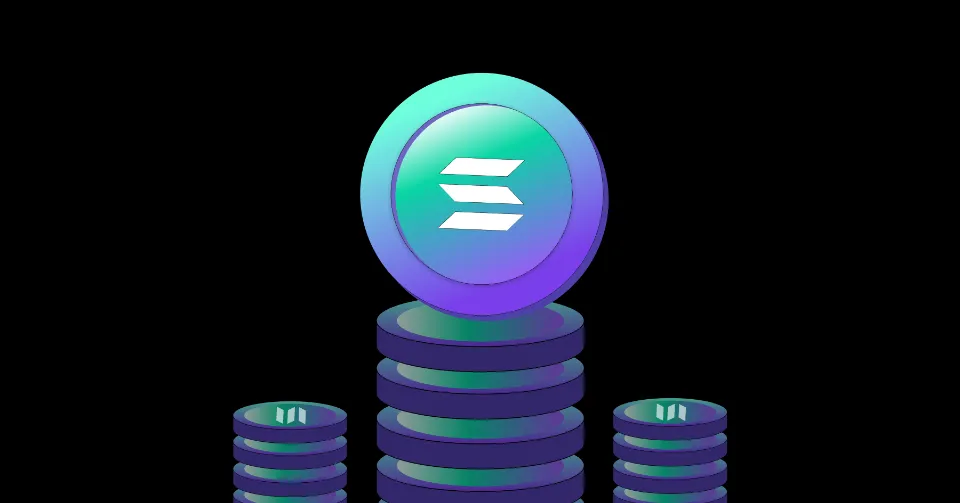
Proof of stake (PoS) and proof of history (PoH), which make up Solana’s consensus algorithm, are combined. PoH is technically a cryptographic clock rather than a consensus model.
It enables Solana to handle tens of thousands of transactions each second while maintaining the security and dependability of the blockchain network.
To validate transactions in PoH, nodes do not need to exchange a lot of data or engage in communication. Instead, they take into account the historical, chronologically stored records of transactions and events occurring on the blockchain.
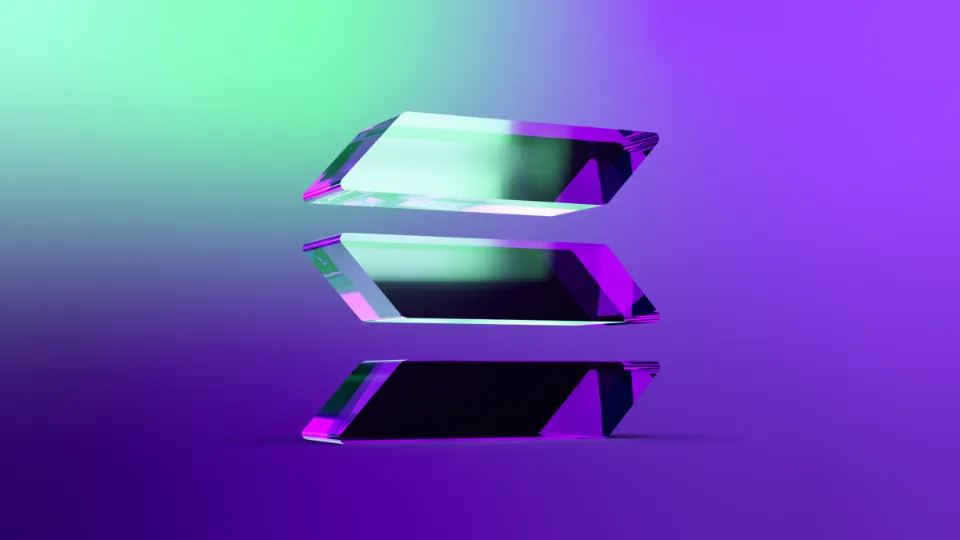
Nodes can agree on the chronological order of the new transactions or events that take place on the blockchain using this data. The network is extremely efficient because each node has its own clock.
Validator nodes are the nodes that time-stamp the blocks. Staking SOL on the blockchain allows anyone to become a validator node. Currently, the Solana network alone has about 1,000 validator nodes. The Solana Clusters, a small collection of 150 nodes, are divided up among the transactions.
To increase the network’s productivity, the Solana network also incorporates a number of additional protocols into the PoH model.
- Tower Byzantine fault tolerance
- Turbine
- Sealevel
- Gulf Stream
- Pipelining
- Cloudbreak
- Achievers
These mechanisms enable Solana to process approximately 65,000 transactions per second. The majority of these slots on the blocks are left empty, so the full potential hasn’t yet been realized.
Who Wins the Comparison?
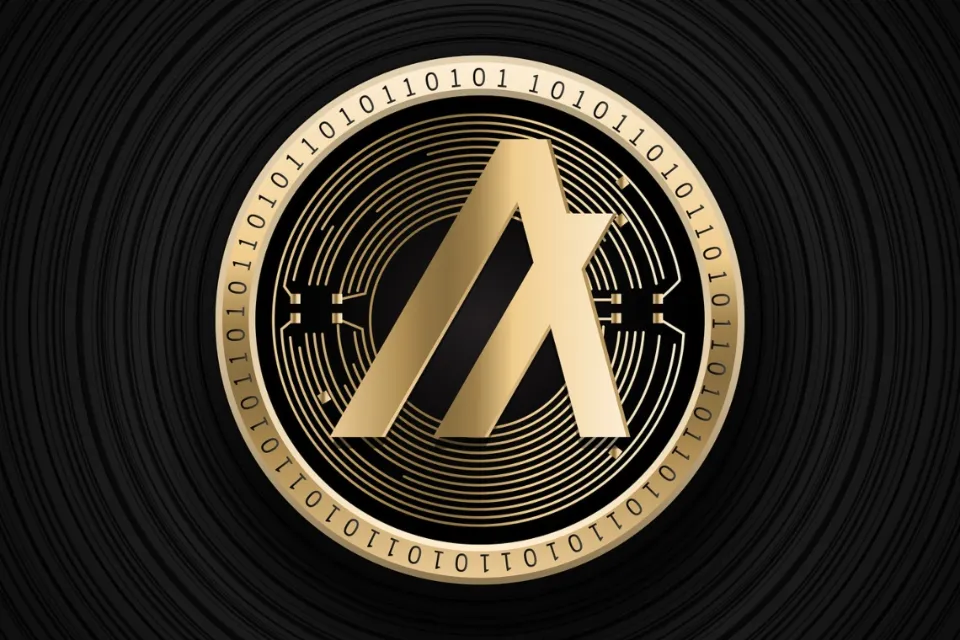
Since Solana and Algorand appear to be similar initiatives attempting to address the same problem, we already know this. However, both are fundamentally distinct and employ various methodologies.
So, who is actually more adept at what they do?
In terms of network efficiency, Solana is able to complete more transactions per second than Algorand (more than 60,000), by a significant margin. Despite Algorand’s plans to speed up block completion, Solana currently outperforms it.
You should be aware that the Algorand network has never experienced a downtime since its initial launch, which is something that very few blockchains have been able to do. However, since its debut, Solana has shut down numerous times.
Again, Solana wins the award for staking. Staking on the Solana network is very worthwhile for users due to the simplicity of the process and the five-day lock-up for an additional 2% annually.
Even though Algorand is institutional adoption is far ahead of Solana, we cannot be certain that this adoption will result in a rise in ALGO’s price. If the adoption increases the demand for the currency (which it does not currently), ALGO’s price may experience sharp increases.
Conclusion
Thus, Solana triumphs and establishes itself as the users’ preferred choice between the two. Algorand can easily turn the tables in the future, though, if it keeps all of its commitments and fixes its current issues.
FAQs
Is Algorand the Best Blockchain?
One of the most secure digital assets on the market, according to some crypto industry watchers, is Algorand’s blockchain design, which relies on a special transaction settlement system and two different blockchain ledgers.
What Will Be Better Than Solana?
When compared to Solana, Ethereum is the cryptocurrency that is more widely used. Compared to Solana’s $12 billion market cap, Ethereum’s market cap is approximately $210 billion.
Is Solana Or Cardano a Better Investment?
Cardano’s network has so far proven to be more dependable and secure, despite the fact that Solana can frequently offer faster transaction times and lower costs than Cardano.

